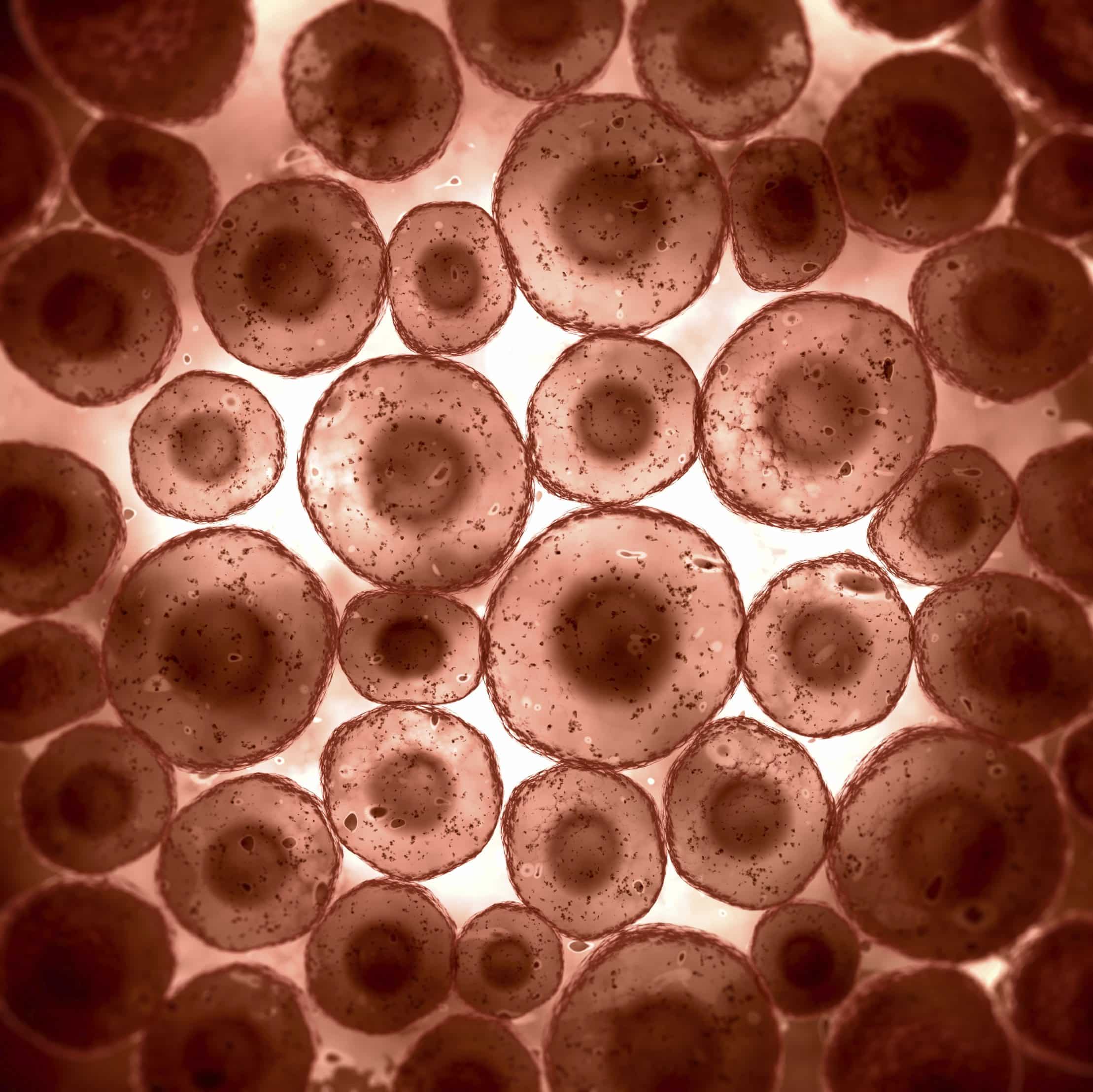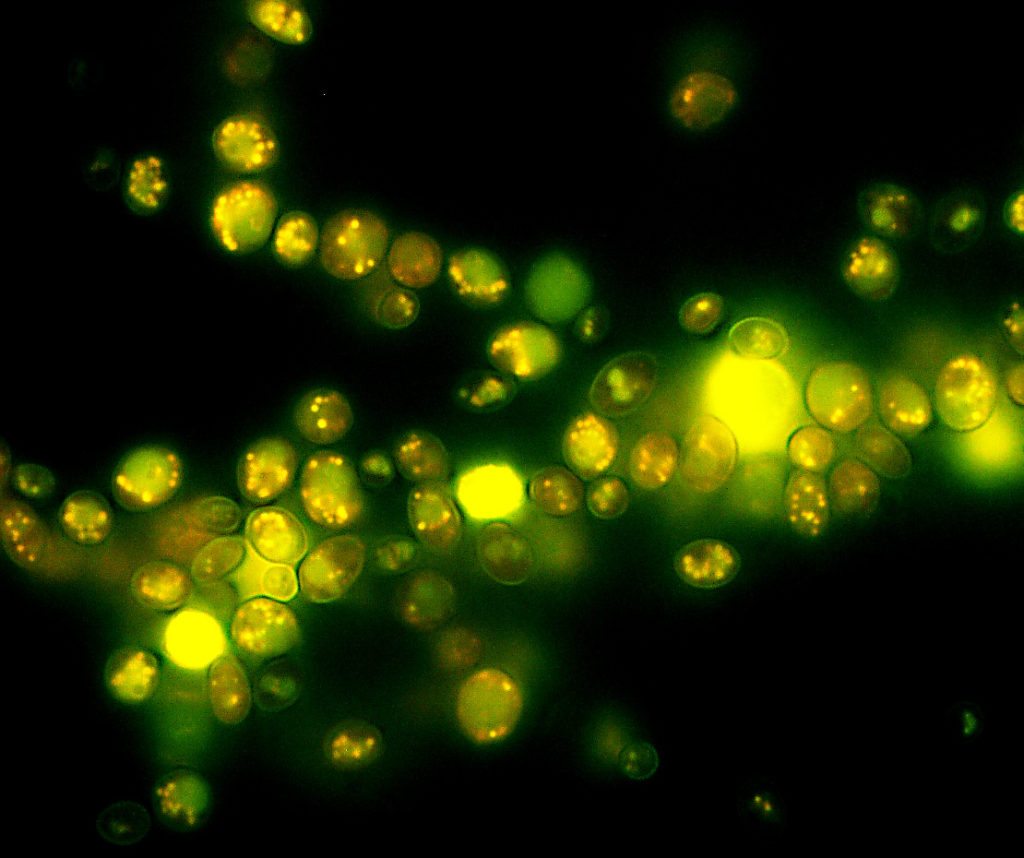Final Tally In: 42 Million Protein Molecules Are Present in a Single Cell
Proteins are one of the primary functional units in biology. Protein levels within a cell directly influence rates of enzymatic reactions and protein-protein interactions. Protein concentration depends on the balance between several processes including transcription and processing of mRNA, translation, post-translational modifications, and protein degradation.
Consistent with proteins being the final arbiter of most cellular functions, protein abundance tends to be more evolutionarily conserved than mRNA abundance or protein turnover. Protein levels directly influence cellular processes and molecular phenotypes, contributing to the variation between individuals and populations.
Although biologists have studied protein abundance for years, the findings were reported in arbitrary units, sowing confusion in the field and making it hard to compare data between different labs.
“It was hard to conceptualize how many proteins there are in the cell because the data was reported on drastically different scales,” said Brandon Ho, a graduate student at the University of Toronto.
The most comprehensive proteome-wide abundance studies have been applied to the model organism Saccharomyces cerevisiae, whose proteome is currently estimated at 5,858 proteins. Despite the comprehensive nature of existing protein abundance studies, it remains difficult to ascertain whether a given protein abundance from any individual study, independent of other abundance studies, is reliable and accurate.
Given the influence that changes in protein levels have on cellular phenotypes, reliable quantification of all proteins presents necessary for a complete understanding of the functions and processes that occur within a cell.
Therefore, researchers, through extensive data analysis of yeast cell protein abundance, have now produced reliable estimates of the number of molecules in each protein of a cell and, thus, the total number within a single cell.
The team led by scientists at the University of Toronto has established a “reliable estimate” of 42 million for the baseline number of those molecules in such a cell.
Led by biochemistry professor Grant Brown of the university’s Donnelly Centre for Cellular and Biomolecular Research, the team focussed on cancer biology and the study of how cells respond to different kinds of drugs that are used in cancer treatment. Looking at how the changes in “protein landscape” are important when treating cells with an anti-cancer drug and for determining who is predisposed to disease.
To convert these arbitrary measures into the number of molecules per cell, Ho turned to baker’s yeast, an easy to study single-cell microbe that offers a window into how a basic cell works. Yeasts are also the only organism for which scientists have a complete picture of all the proteins encoded by the 6,000 yeast genes, having measured their abundance across the board in 21 studies to date. No such datasets exist for human cells where each cell type contains only a subset of proteins encoded by the 20,000 human genes.
The wealth of existing yeast data meant that Ho could put it all together, benchmark it and convert the vague measures of protein abundance into “something that makes sense, in other words, molecules per cell,” said Brown.
The analysis reveals for the first time how many molecules of each protein there are in the cell, with a total number of molecules estimated to be around 42 million
Most of the proteins exist between a range of 1,000 and 10,000 molecules and some exceedingly bountiful at over a half million copies. Meanwhile, others are visible in fewer than 10 molecules in a cell.
Techniques and insight from this study will likely lead to new attempts to quantify protein molecules in human cells – and thus to insights into the mechanisms involved in protein-implicated diseases.
“This study will be of great value to the entire yeast community and beyond,” said Robert Nash, Senior Biocurator of the Saccharomyces Genome Database that will make the data available to researchers worldwide. He also added that by presenting protein abundance “in a common and intuitive format, the Brown lab has provided other researchers with the opportunity to re-examine this data and thereby facilitate study-to-study comparisons and hypothesis generation.”
























